Gwangjuho Lake (광주호)
11.4Km 44755 2020-06-09
Chunghyo-dong, Buk-gu, Gwangju
+82-62-266-0032
Gwangjuho Lake is located at the base of the Mudeungsan Mountain, which creates a beautiful view. Many people come to the lake not only for the relaxing setting, but also for fishing. Near the upper stream of the lake there are beautiful arbors built during the Joseon dynasty that display the traditional garden culture of that time. One of these arbors is the Sikyeongjeong Pavilion, a historic site written about by Jeong Cheol, a famous statesman and poet during Joseon dynasty.
Malbaujeong Market (말바우장 / 말바우시장 (2, 4, 7, 9일))
11.5Km 15916 2023-11-20
62 Dongmun-daero 85beon-gil, Buk-gu, Gwangju
+82-62-262-4082
Malbaujeong Market is one of the main traditional markets in the northern region of Gwangju. The market is held on dates ending in 2, 4, 7, or 9.
Soswaewon Garden (담양 소쇄원)
11.5Km 39298 2023-01-04
17, Soswaewon-gil, Damyang-gun, Jeollanam-do
+82-61-381-0115
Soswaewon Garden is a private garden from the Joseon period where Korea's traditional beauty is preserved. It was built by Yang San-Bo (1503-1557) after he gave up his success when his mentor Jo Gwang-Jo (1482-1519) was killed during political strife. Soswaewon Garden presents itself as a clean and transparent garden where the righteous enjoy the life of anbinnakdo (being comfortable amid poverty and taking pleasure in an honest lifestyle) surrounded by a bamboo grove.
Including peach trees, various kinds of trees and grass are planted on both sides of the stream while clear water flows down the foot of the garden walls. The log bridge above the valley adds to the charm of the scenery. The harmony between nature and the artificial waterfall is a sight to behold. Soswaewon Garden is 150 meters away from the main road. Passing through the thick bamboo forest, you will find the small valley and Soswaewon Garden on your left.
Hwanbyeokdang Pavilion (환벽당)
11.5Km 35594 2023-01-25
10, Hwanbyeokdang-gil, Buk-gu, Gwangju
+82-62-510-1500
Hwanbyeokdang Pavilion was built by Yeongcheonja Sinjam and was also called Byeokgandang, which is recorded in Go Gyeong-myeong's Yuseoseongnok. The building has a hipped-and-gabled roof with three bays in the front space and two bays in the inside space. It is a modified form in which the two rooms in the middle are used as rooms, and the front and right sides are floors. Originally, it was a traditional pavilion, but it seems to have changed to its current form as it was expanded later. A tablet written by Uam Song Si-yeol hangs here, and the poems of Seokcheon Im Eok-ryeong and Jo Ja-i are on a signboard. There are two poems written by Jeong Cheol about Hwanbyeokdang Pavilion, which are published in Songgangsokjip and Gwangjumokji. Jeong Cheol's 4th-generation descendant Jeong Su-hwan bought it from Kim Yun-je's descendants, and Yeon Il-jeong's family is currently managing it.
Homeplus - Donggwangju Branch [Tax Refund Shop] (홈플러스 동광주)
11.7Km 0 2024-04-22
200, Dongmun-daero, Buk-gu, Gwangju
-
Korea Gasa Literature Collection (한국가사문학관)
11.8Km 13516 2021-09-07
877, Gasamunhak-ro, Damyang-gun, Jeollanam-do
+82-61-380-2701
The Gasa Literature Collection was completed in October 2000 and is located in Damyang, Jeollanam-do, an area which is famous for its fertile land and rich historical heritage. Apart from the main building, additional buildings include a souvenir shop, and traditional tea house. In the museum, historical literature such as “Myeonangjip” (a collection of Gasa poems by Song Sun) and “Songgangjip,” (a collection of Gasa poems by Jeong Cheol) are on display. There are 11,461 artifacts and literature on Gasa culture, 18 Gasa works, and 15,000 books about Gasa.
Cheongchun Balsan Village (청춘발산마을)
11.9Km 1718 2024-07-11
12-16 Cheonbyeonjwa-ro, Seo-gu, Gwangju
Balsan Village is a representative neighborhood of Gwangju and is a prime example of how something amazing can come out of something bad. First settled by Korean war refugees, the small houses jam-packed on a hillside attracted young people looking for work in the 1970s and '80s, mainly females working in the garment factories nearby. Recently, the addition of colorful murals and public spaces has given the village a breath of new life.
Gaemagowon (개마고원)
12.0Km 1 2023-11-23
1094 Sangmu-daero, Seo-gu, Gwangju
+82-62-366-3744
Gaemagowon is a hanu (Korean beef) restaurant that has been serving the Gwangju area for over 20 years. The menu includes a variety of dishes using hanu.
Sigyeongjeong Pavilion (담양 식영정)
12.0Km 6514 2020-03-23
Jigok-ri, Damyang-gun, Jeollanam-do
+82-61-380-2811
Designated as the top monument of Jeollanam-do, Sigyeongjeong Pavilion means a place where even the shadow of the moon can find a place to rest. As its name suggests, this pavilion is set in a lush and remote forested area. Countless number of scholars and writers have been attracted to this pavilion as a place of profound inspiration. The pavilion gained more fame from the legendary lyrics of Seongsanbyeolgok written by the poet Jeong Cheol. The elegant words of Kim Seongwon, a literary scholar, depict the scenic beauty of Seongsan Mountain as the seasons change.
Of all the pavilions situated at the basin of the Yeongsangang River the Sigyeongjeong Pavilion is said to be blessed with a breathtaking view from the side. The current building was restored in the early 1900s. At the Sigyeongjeong Pavilion there is the Buyongdang, a monument with the lyrics to the Seongsanbyeolgok Poem, and next to it an old library building called Jangseogak built to preserve the wooden blocks of Songgangjib, a book of poetry written by Jeong Cheol.
Hwasun Dolmen Site [UNESCO World Heritage] (화순 고인돌군 유적 [유네스코 세계문화유산])
12.2Km 21624 2020-06-04
Goindol 1-ro, Hwasun-gun, Jeollanam-do
+82-61-379-3178
The Hwasun Dolmen Site is located near the waterfalls of the mountain pass linking Dogok-myeon of Hyosan-ri and Chunnyang-myeon of Daesin-ri. According to experts, 135 of the 980 stones in Dogok-myeon Hyosan-ri are dolmen. There are also about 100 damaged stone tables that still maintain their original form.
What makes the Hwasun dolmens special is that in such a small district there are as many as 596 dolmen, including Korea’s biggest stone table.
Acknowledging the importance of the cultural assets, the Hwasun Dolmen Site was registered as World Heritage No. 997 in year 2000 along with Gochang and Ganghwa Dolmens.
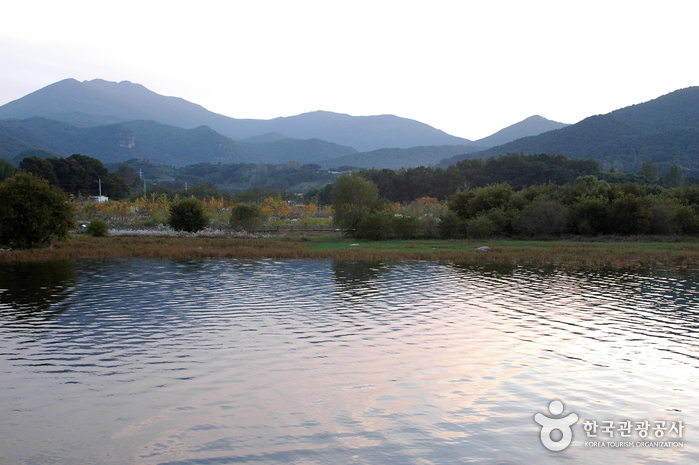
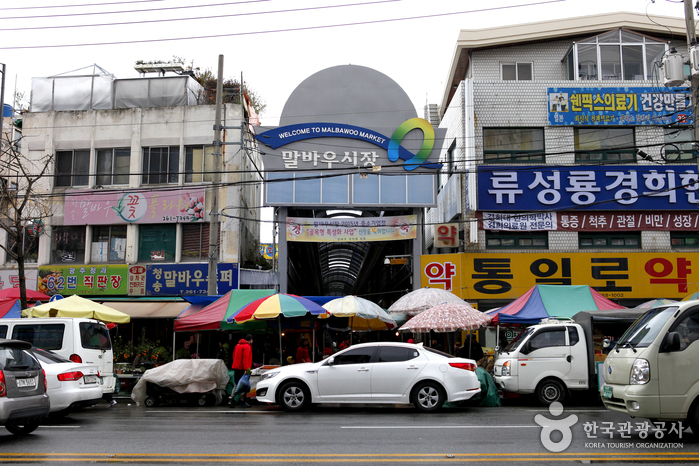

![Homeplus - Donggwangju Branch [Tax Refund Shop] (홈플러스 동광주)](http://tong.visitkorea.or.kr/cms/resource/30/2886830_image2_1.jpg)
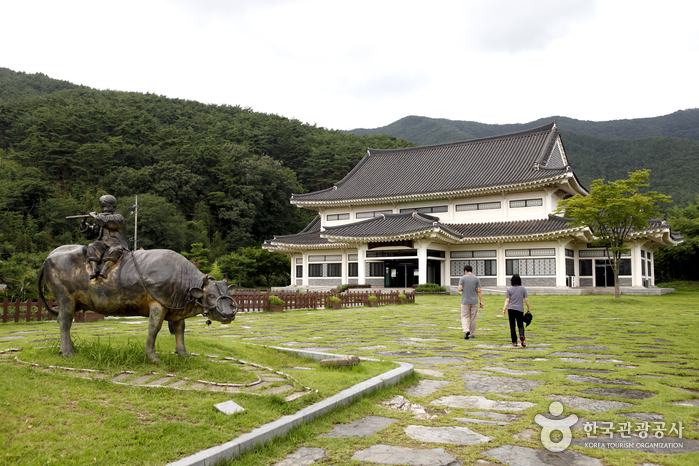
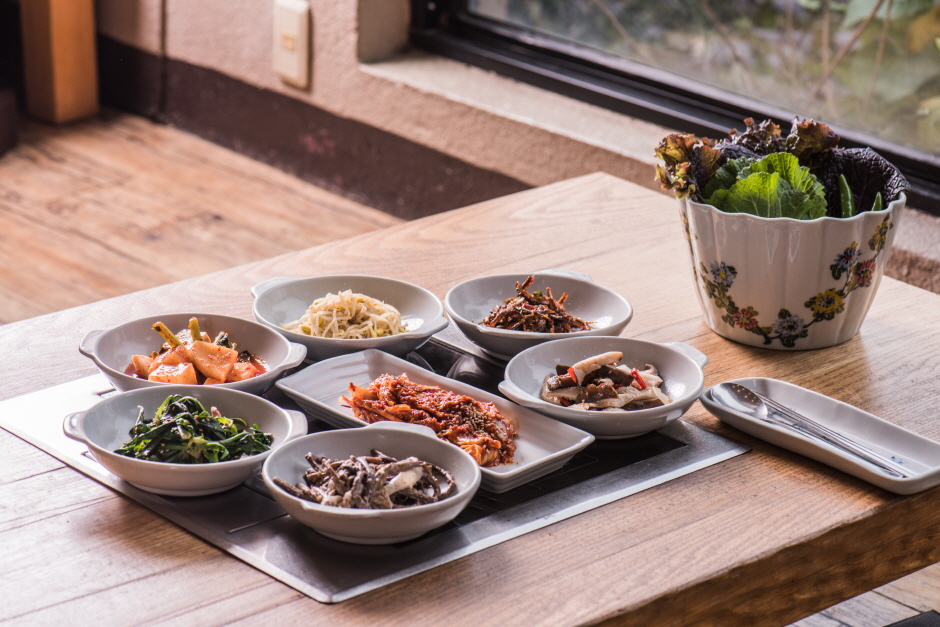
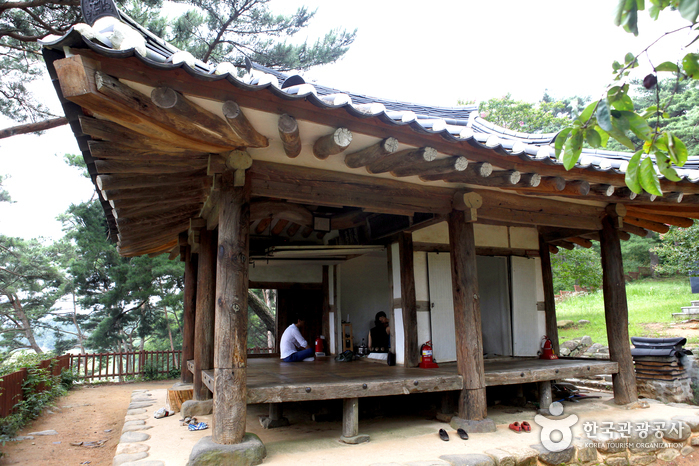
![Hwasun Dolmen Site [UNESCO World Heritage] (화순 고인돌군 유적 [유네스코 세계문화유산])](http://tong.visitkorea.or.kr/cms/resource/03/2515703_image2_1.jpg)
 English
English
 한국어
한국어 日本語
日本語 中文(简体)
中文(简体) Deutsch
Deutsch Français
Français Español
Español Русский
Русский